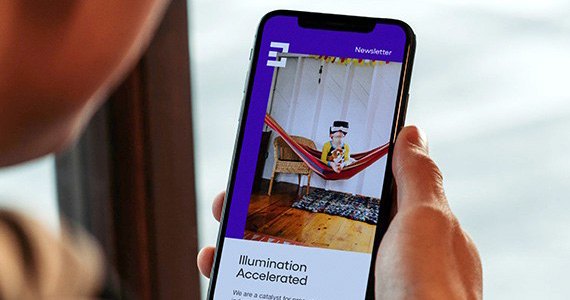
How Feedback Loops Drive Sustained Changes in Consumer Behavior
Previous BeSci studies have demonstrated that lasting change isn’t about willpower alone. Instead, it’s about understanding the complex set of factors that influence a desired behavior and leveraging frameworks that propel our actions. One BeSci framework that explains how habits are formed and reinforced over time is the habit loop. It consists of three key elements (cue, routine and reward) that work together to form a cycle and create automatic behaviors. This loop is essential for building new habits or breaking old ones. The process begins with a cue, a trigger that initiates the behavior, followed by routine, the action taken in response to the cue, and then a reward, positive reinforcement or feedback, which encourages the behavior to be repeated. Over time, this cycle becomes ingrained, turning the action into a habit. By identifying and tweaking the various components of this loop, habits can be reshaped or replaced.
Even the best habit loops can fall apart if we fail to consider the very critical final component: Feedback. Feedback is the engine of sustained behavior change. Feedback loops, which are cycles of information shared within a system, either encourage (positive feedback) or discourage (negative feedback) certain behaviors. These loops show us if we’re moving in the right direction, help us make necessary adjustments and fuel our motivation by highlighting progress.
The language learning app Duolingo, for example, masterfully integrates both positive and negative feedback to nudge behavior and sustain engagement. Every time a user checks the app and sees their streak highlighted, they feel a burst of joy and accomplished. This positive acknowledgement of progress motivates them to return and continue building the habit. Conversely, if a user hasn’t opened the app for a few days, Duolingo’s owl mascot appears with a sad, melting expression, evoking a subtle sense of guilt and prompting users to re-engage. This gamification, both celebratory and corrective, enhances user experience, acting as a powerful signal that encourages continued participation and habit formation.
Behavior change isn’t just about setting goals—it’s about creating systems and environments that make goals achievable, rewarding and sustainable.
Integrating Insights from Feedback Loops into User Experience
Feedback loops are integrated into countless aspects of our daily lives and are increasingly integral to user experience and digital architecture. A well-designed feedback loop can make the difference between a one-time interaction and sustained user engagement. For instance, simple interface changes like a button that changes color when clicked or a confirmation email after a purchase serve as immediate signals that an action has been completed and stimulate reward. This is an example of a reward mechanism, which is a powerful form of positive feedback that not only reinforces new behaviors but also makes them enjoyable enough to foster long-term commitment.
Reward mechanisms do more than offer reassurance, they close the loop in a way that feels satisfying. Whether it’s the dopamine hit of a congratulatory pop up or the visual delight of animations celebrating completion of a task in a progress board, like the features in Duolingo, these moments of feedback tap into our intrinsic need for validation and progress.
Beyond Traditional Usability Testing: Understanding Customer Motivations Through Feedback Loops
At Escalent Group (Escalent, C Space and Hall & Partners), we help our clients determine the effectiveness of their products’ habit loops and identify where reinforcement can be added to the customer experience to keep users engaged. Going beyond the traditional usability test, we work to understand the motivations users have when engaging with a product and how to initiate sustained behavior change and repeat use. Some of the feedback mechanisms based on BeSci frameworks we recommend include:
- Dynamic responses to user actions: Incorporating visually engaging elements like buttons that light up, ripple or change color when clicked create an intuitive user experience
- Timely acknowledgment of milestones: Celebrating user achievements with personalized notifications, such as congratulatory messages, badges or emails that mark milestones (e.g., completing a level, reaching a fitness goal or maintaining a streak)
- Social reinforcement: Creating opportunities for users to share achievements or progress on social platforms, offering social validation and encouragement while amplifying your brand’s visibility
- Gamification elements: Enhancing the user-experience by introducing game-like features such as point systems, leaderboards or challenges to make mundane tasks engaging and rewarding
By incorporating these feedback tools, organizations can enable users to build habits that last beyond consumers’ first moment of inspiration, transforming fleeting New Year’s resolutions into lasting change. After all, behavior change isn’t just about setting goals—it’s about creating systems and environments that make goals achievable, rewarding and sustainable. Contact us to discuss how you could use behavioral science to build world-class products and experiences.
We understand that it’s hard to unlock deeply human-centric truths and unpack the complexity of human experiences. That’s why C Space’s insight community approach involves continuous dialogue and feedback, allowing brands to follow real people’s journeys in real time and over time. Learn more in our guide Customer Inside: Building the Next Generation of Insight Communities.
Want to learn more? Let’s connect.
Note: This blog was updated on March 28, 2025.









